The Middle East, a region already grappling with political instability and water scarcity, now faces an escalating environmental crisis: increasingly frequent and severe dust storms. These swirling tempests of sand and dust, once considered seasonal nuisances, have transformed into a year-round menace with far-reaching consequences for public health, economies, and regional stability.
A choking blanket of orange haze descended upon Baghdad last month, reducing visibility to less than 500 meters and sending thousands to hospitals with respiratory distress. Similar scenes played out across Riyadh, Kuwait City, and Tehran as what scientists now call "haboob" events - massive walls of dust reaching up to 1,000 meters high - become alarmingly common. The storms linger longer, travel farther, and carry more toxic particles than at any point in recorded history.
The roots of this phenomenon stretch back decades but have dramatically accelerated in recent years. Climate change acts as the primary catalyst, with rising temperatures and prolonged droughts creating ideal conditions for dust generation. The Tigris-Euphrates river system, once the fertile cradle of civilization, now contributes significantly to the problem as its marshes dry up at an unprecedented rate. Satellite imagery reveals over 130,000 square kilometers of newly exposed sediment in Iraq alone - enough to fuel dust storms for generations.
Human activity compounds the natural factors. Poor water management practices, including the damming of rivers and over-extraction of groundwater, have turned vast agricultural areas into dust bowls. Conflict zones see particular devastation, where military movements and destroyed infrastructure disturb the fragile desert crust that normally prevents erosion. The Syrian civil war, for instance, created an estimated 15% increase in dust emissions from that country.
The economic toll is staggering. Aviation authorities report over $150 million in annual losses from flight cancellations across Middle Eastern hubs. Oil production facilities, the lifeblood of regional economies, frequently shutter operations during major storms, with Saudi Aramco alone losing an average of 200,000 barrels per day during peak dust seasons. Agricultural output declines by as much as 30% in affected areas as crops suffocate under layers of fine particulate matter.
Perhaps most alarming are the health consequences. Pulmonary clinics from Cairo to Karachi report surging cases of asthma, silicosis, and other respiratory illnesses, particularly among children and outdoor laborers. The dust carries not just mineral particles but also industrial pollutants, pesticide residues, and even disease pathogens across international borders. During a 2022 storm, researchers identified antibiotic-resistant bacteria traveling from Egyptian farms to urban centers in Israel.
Regional governments have launched various mitigation efforts, with mixed results. The Saudi Green Initiative aims to plant 10 billion trees, while the United Arab Emirates experiments with artificial rain generation. Iraq has begun rehabilitating marshlands in the south, and Iran attempts to stabilize soils through vegetation projects. However, experts warn these measures remain woefully inadequate against the scale of the problem, often focusing on symptoms rather than root causes.
The geopolitical implications cannot be ignored. As arable land disappears and air becomes unbreathable, climate refugees increasingly join those displaced by conflict. Water-sharing disputes between Turkey, Syria, and Iraq intensify as dam projects upstream reduce flows to drought-stricken downstream nations. Some analysts suggest dust storms could become a national security threat, potentially disabling military electronics and ground aircraft during critical operations.
International cooperation remains frustratingly limited. While the UN Environment Programme has established a regional dust storm warning system, concrete action lags behind scientific warnings. Wealthier Gulf states invest heavily in indoor climate control for their populations but contribute little to transboundary solutions. The World Bank estimates comprehensive regional adaptation would require at least $13 billion annually - a figure that pales beside military budgets but seems politically unattainable.
For ordinary citizens, the storms have become an inescapable part of life. In Baghdad's Sadr City, residents recount how children now draw the sun as a brown disk rather than yellow. Kuwaiti fishermen describe catching dust-covered fish in the Arabian Gulf. Bedouin tribes, whose ancestors navigated these deserts for millennia, report losing livestock to storms more frequently than to predators or drought.
The future appears increasingly dusty. Climate models predict a 15-25% increase in storm frequency across the region by 2050, with longer durations and greater intensity. Some ancient cities may become uninhabitable during summer months, while others face the prospect of permanent haze similar to industrial China's worst pollution periods. The very character of the Middle East - its skies, its landscapes, its way of life - stands fundamentally altered by this creeping catastrophe.
As scientists scramble to understand the full implications, one truth becomes uncomfortably clear: the region's dust storms no longer represent isolated weather events, but rather a profound environmental shift demanding equally profound responses. Whether governments and populations can rise to this challenge remains an open question hanging in the dust-choked air.

By Victoria Gonzalez/Apr 14, 2025

By Samuel Cooper/Apr 14, 2025
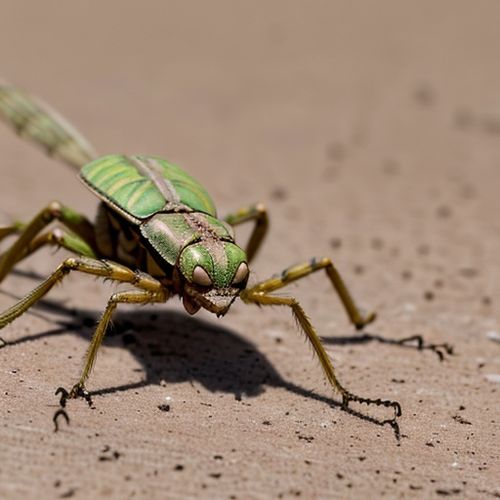
By William Miller/Apr 14, 2025
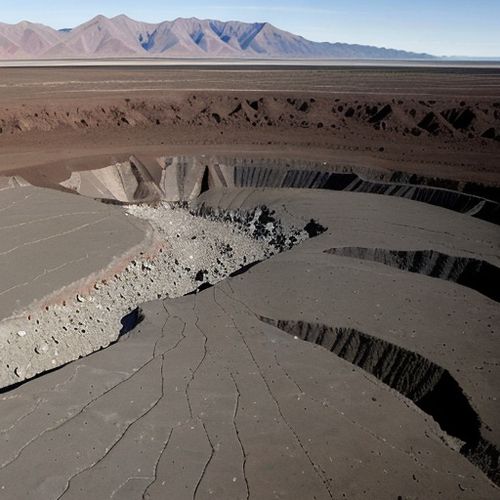
By Emma Thompson/Apr 14, 2025
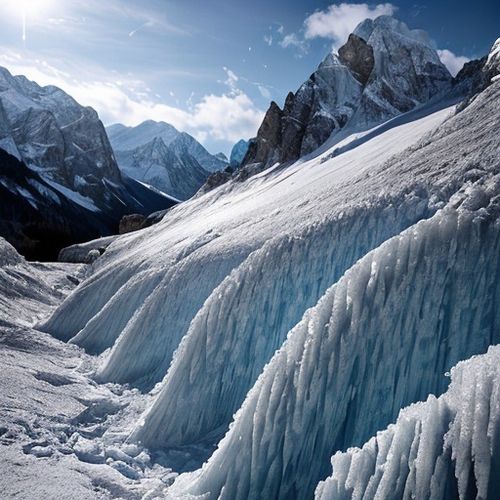
By Lily Simpson/Apr 14, 2025
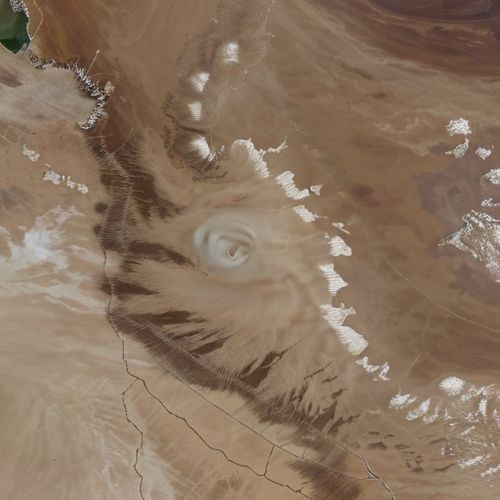
By Emily Johnson/Apr 14, 2025
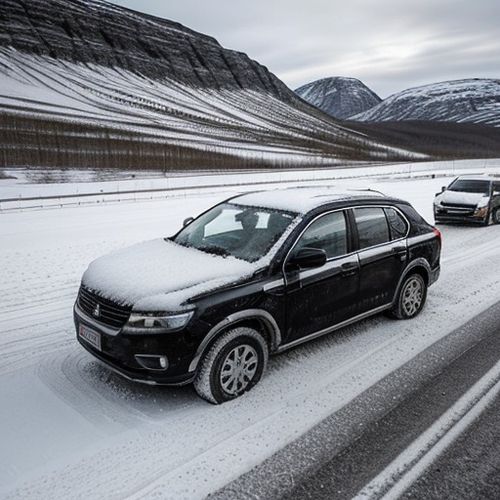
By George Bailey/Apr 14, 2025
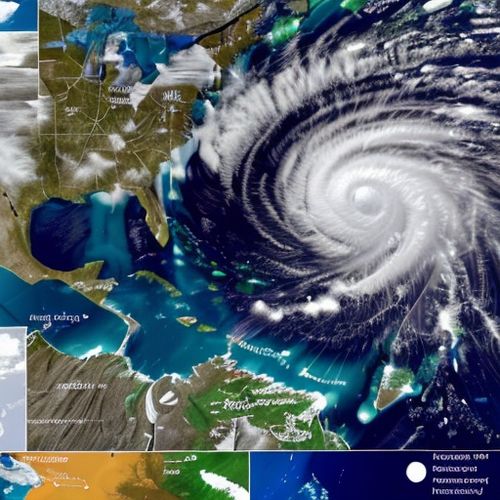
By Sarah Davis/Apr 14, 2025
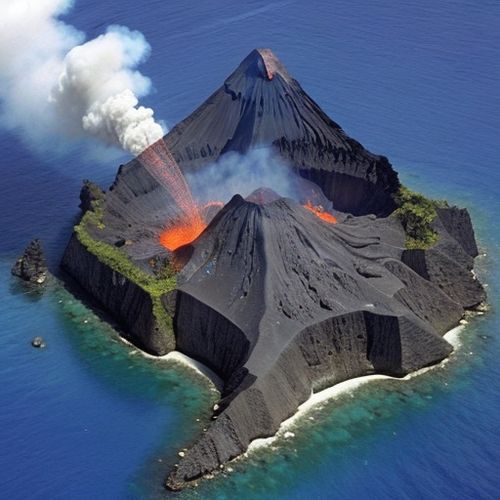
By Grace Cox/Apr 14, 2025
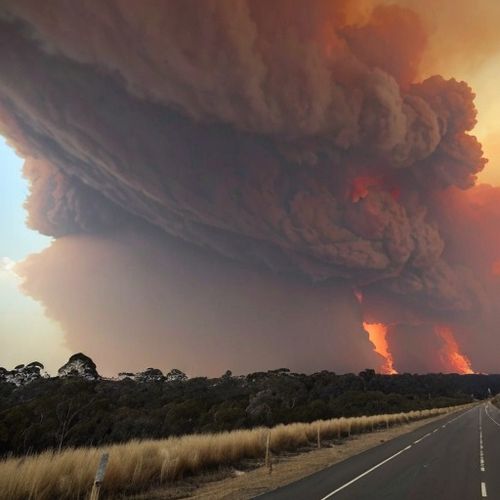
By Natalie Campbell/Apr 14, 2025
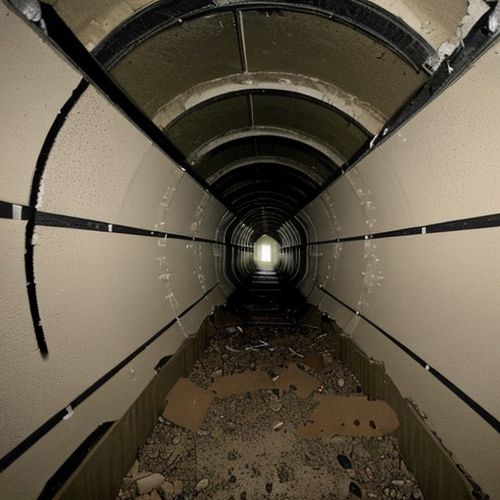
By Christopher Harris/Apr 14, 2025
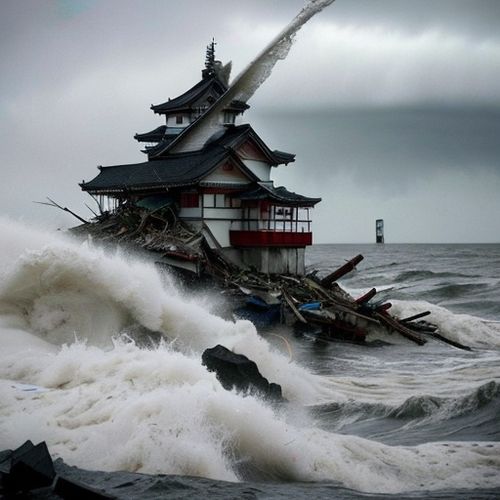
By Rebecca Stewart/Apr 14, 2025

By Joshua Howard/Apr 14, 2025

By Jessica Lee/Apr 14, 2025

By Eric Ward/Apr 14, 2025
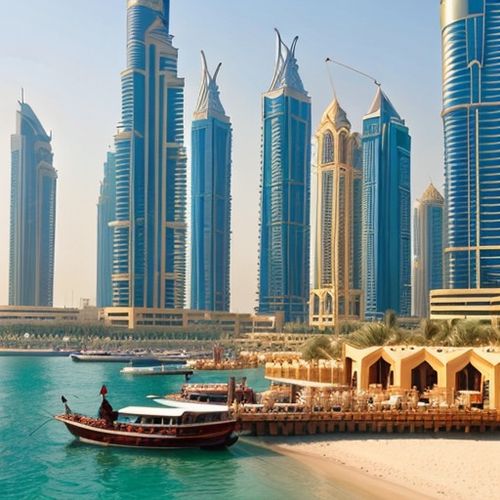
By Lily Simpson/Apr 14, 2025
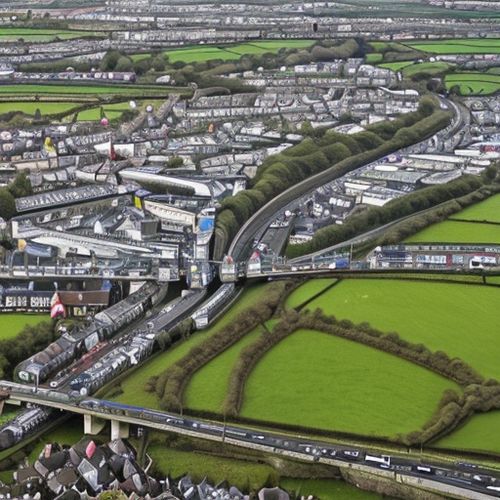
By William Miller/Apr 14, 2025
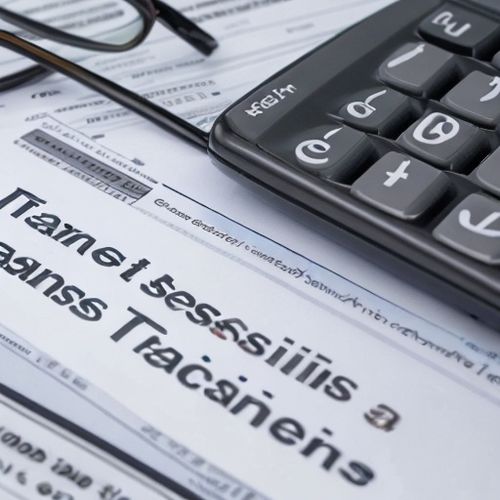
By Olivia Reed/Apr 14, 2025

By William Miller/Apr 14, 2025